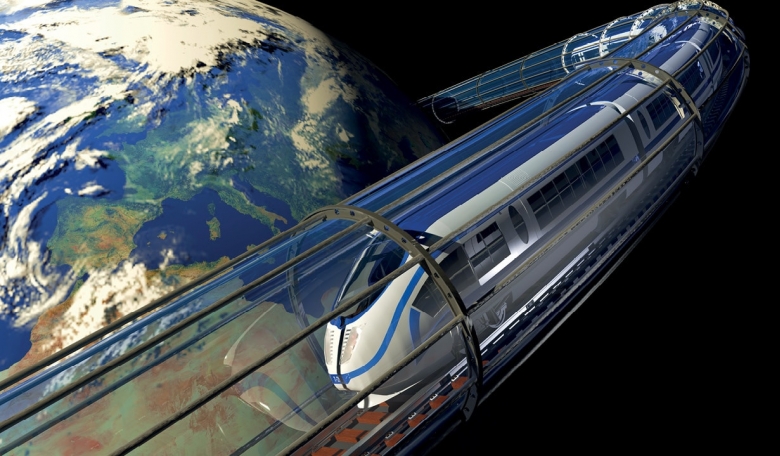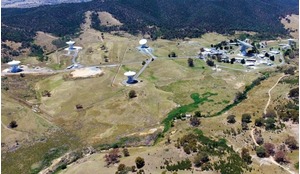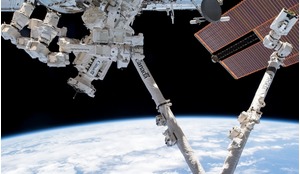The space economy has reached a fever pitch not seen in the post-Apollo era. Many new capital sources came into the industry in 2017 via high profile venture capitalists such as Sequoia, Shasta Ventures, Andreessen Horowitz and Lightspeed Venture Partners - and that trend seems to be increasing. Strategic mainstays in the space industry have also ramped up their innovation programmes and acquisition pipelines. The angel community is flourishing with dozens of new angels making their first investments in the sector in 2017. However, notably nearly all of this capital has flowed into space opportunities that are LEO and GEO based, with some limited opportunities focused on the Moon. But what are the potential opportunities for the deep space economy and when are those opportunities likely to materialise? Is there a necessary sequencing to how the deep space economy will evolve and what are the key enablers and inhibitors at each phase? What are the key subsectors of the deep space economy and what roles do both the government sector and commercial space have to play in their evolution?
The space economy has reached a fever pitch not seen in the post-Apollo era. Many new capital sources came into the industry in 2017 via high profile venture capitalists such as Sequoia, Shasta Ventures, Andreessen Horowitz and Lightspeed Venture Partners - and that trend seems to be increasing. Strategic mainstays in the space industry have also ramped up their innovation programmes and acquisition pipelines. The angel community is flourishing with dozens of new angels making their first investments in the sector in 2017. However, notably nearly all of this capital has flowed into space opportunities that are LEO and GEO based, with some limited opportunities focused on the Moon. But what are the potential opportunities for the deep space economy and when are those opportunities likely to materialise? Is there a necessary sequencing to how the deep space economy will evolve and what are the key enablers and inhibitors at each phase? What are the key subsectors of the deep space economy and what roles do both the government sector and commercial space have to play in their evolution?
For a successful economic ecosystem to thrive, two things must be present - supply and demand. Supply in a deep space economy is a complicated input due to the extreme costs of bringing economic inputs into space and the lack of existing in-space infrastructure. Therefore, in order to build a successful deep space economy, the key first step will be to address these two areas.
Not surprisingly, the most notable deep space companies to date have been the so- called asteroid mining companies: Planetary Resources (PRI) and Deep Space Industries (DSI) being the most prominent. Previously, Kepler Energy and Space Engineering (KESE) announced plans for asteroid mining as well, but they appear to have stalled due to a lack of available funding. Both PRI and DSI seem to have pivoted from pure play asteroid mining to position themselves as space resource companies, focusing in the near term on identifying sources of water that could be made into fuel in-space. This pivot could be why they have been more successful in attracting capital.
The Duchy of Luxembourg has famously put capital behind this category and seems committed to ensuring that the industry develops. Earlier in 2017 it invested US$29 million in Planetary Resources and also agreed to fund a spacecraft for Deep Space Industries under certain unspecified conditions. The motivation appears to have been two-fold: to create jobs in Luxembourg and to continue to accentuate its brand as a pioneering, forward- looking sovereignty that helped launch the global satellite industry. But short of a sovereign nation, time frames for financial returns far exceed more typical investors such as Angels and Venture Capitalists (VCs), limiting the capital available for such opportunities.
Find out more about economic opportunities in deep space in the full version of this article, available now to our subscribers.














